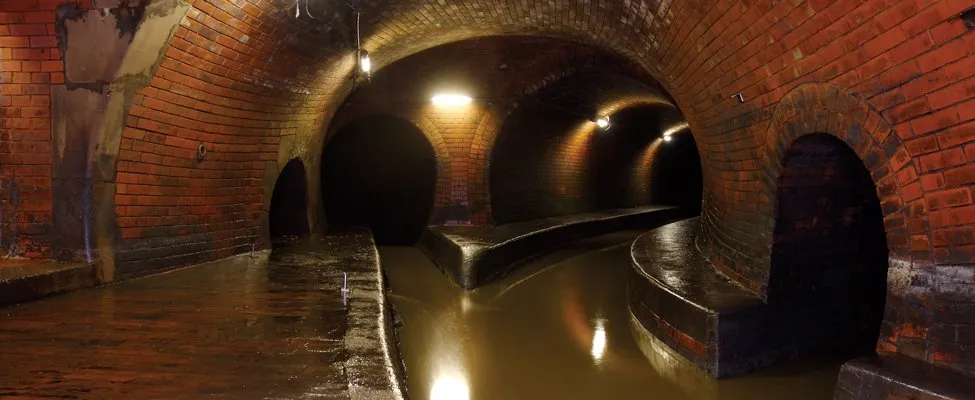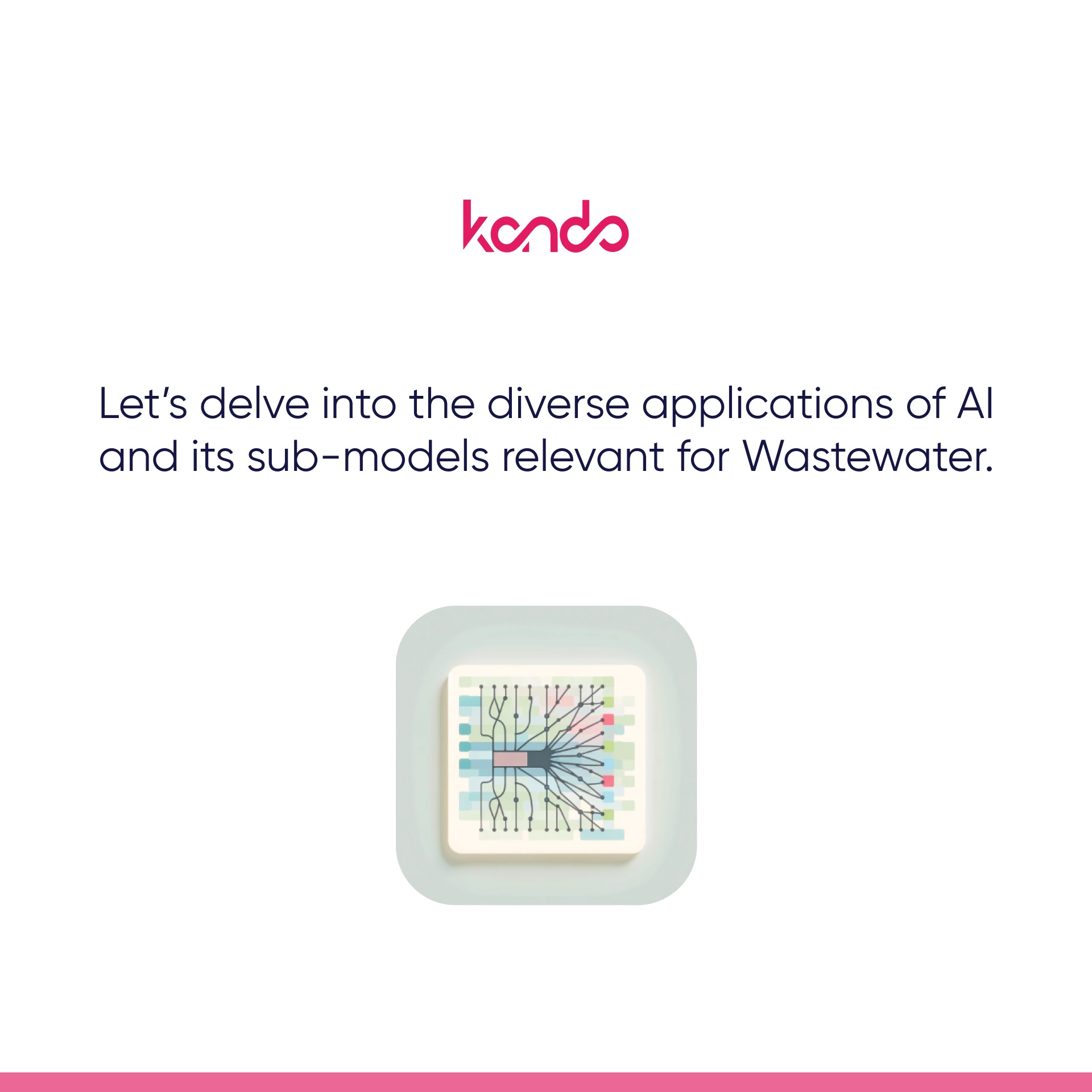Admin
August 13, 2019
Optimizing sewers in the digital age

How Digitizing the Sewer supports Climate Change
Good infrastructure is essential for building a vital and sustainable society and ensuring countries’ stable economic development. A comprehensive sewer system, for example, not only plays an important role in sanitation and disease prevention, but is crucial for pollution control, the sustainability of our planet, and the future of generations to come. Due to the effects of climate change, such as warmer weather and more extreme rainfall, many cities are confronted with increased wet weather discharge. As a result, sewer systems can have a lot to process, reaching and exceeding their capacity, leading to surface water pollution events. Sewers are “the first line of defense” against water pollution and must be properly maintained and monitored to prevent health and environmental risks.
Sewer systems used to be able to handle wet weather discharges, but with climate change effecting weather patterns all over the world and those discharges becoming more extreme, old structure designs are struggling to cope. To prevent flooding and water pollution, new solutions and adaptations are key. Monitoring sewers, gathering data about what’s flowing within them, can provide essential data for enhanced operations. Recent technological developments have allowed for the introduction of uniform, digital asset management systems ideal for the task. This type of data and information management is key to optimizing the sewer system in the face of increasingly challenging conditions.
Digitizing data gathering, handling, and processing systems offers many distinct advantages over manual monitoring. Live sensors offer strategic knowledge and real-time insights about the status of the sewer system, providing cities and utilities with the intelligence needed to prevent major pollution. Advanced analytical software and data handling algorithms use that data to establish network patterns and identify deviations to indicate contamination events, such as excess chemical concentrations or heavy dirt loads that might affect pumps or biological treatment processes. In the event of unexpected condition changes, digital systems can automatically raise the alarm. This allows management teams to make informed operational decisions to protect treatment and sewer infrastructure, and guarantee water quality. It can limit the number of incidents, result in fewer claims, extend the network’s lifespan, and ensure our first-line of defense against water pollution is fit for purpose.
Kando provides just such a digital monitoring solution, detecting illegal and excessive waste loads in the sewer at an early stage. Kando’s SaaS solution provides utilities and cities with IoT measuring units that automatically sample wastewater flows, a web-based engine, and the Kando Methodology. Kando’s engine (the smart algorithm) analyzes loads, detects deviating metrics, and notifies water management teams with actionable real-time network insights. The system traces the exact discharge source, and automatically initiates sampling to collect proof of the suspected event. The samples are then picked up and sent to the lab for analysis. Once returned, the results of the lab tests are added to Kando’s database to inform the later analysis of similar situations and enable enhanced optimization in future.
Your wastewater contains the data.
We just need to extract it so that you can optimize your operations.
Contact us and a member of our team will get back to you as soon as possible.




